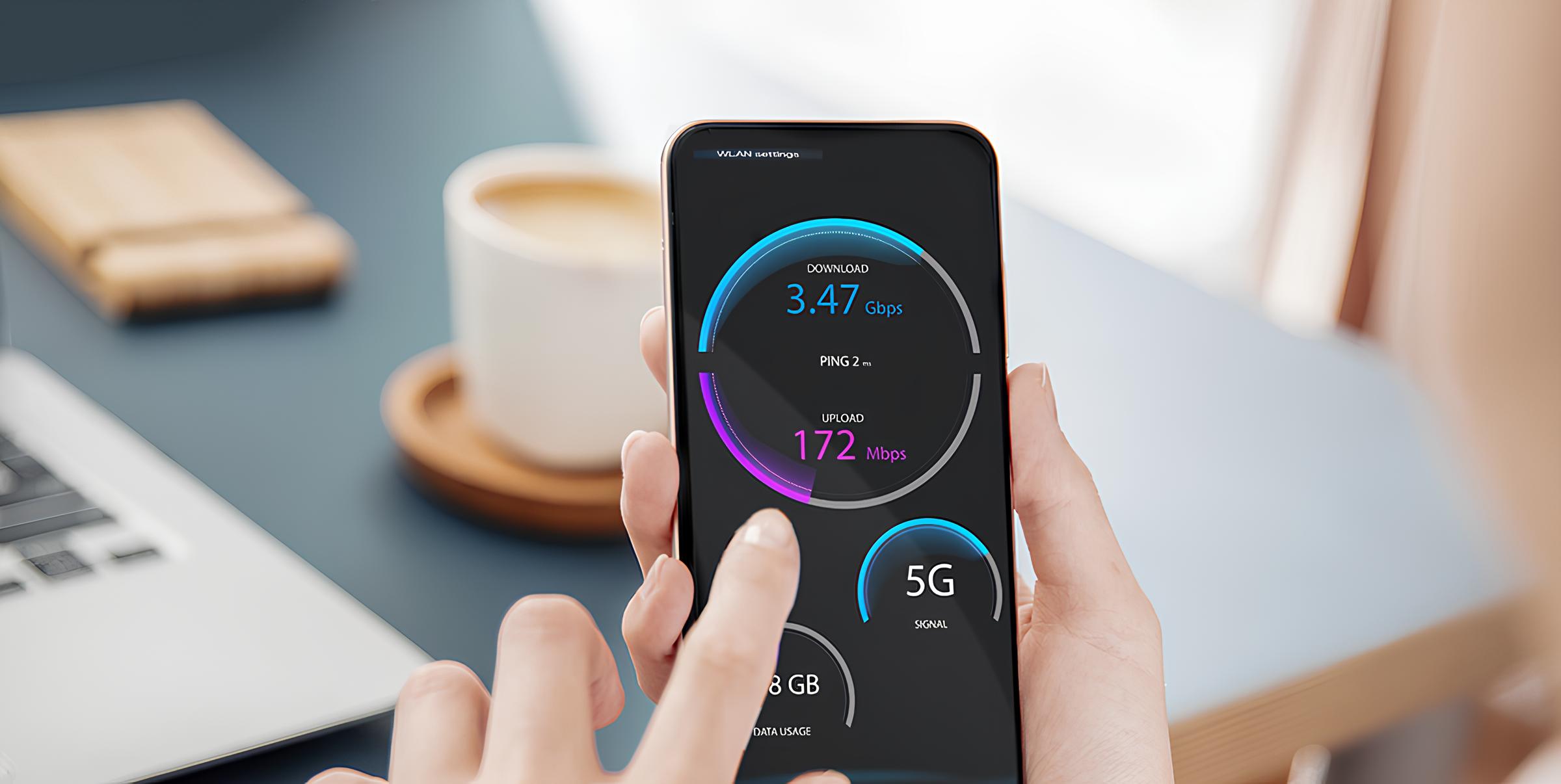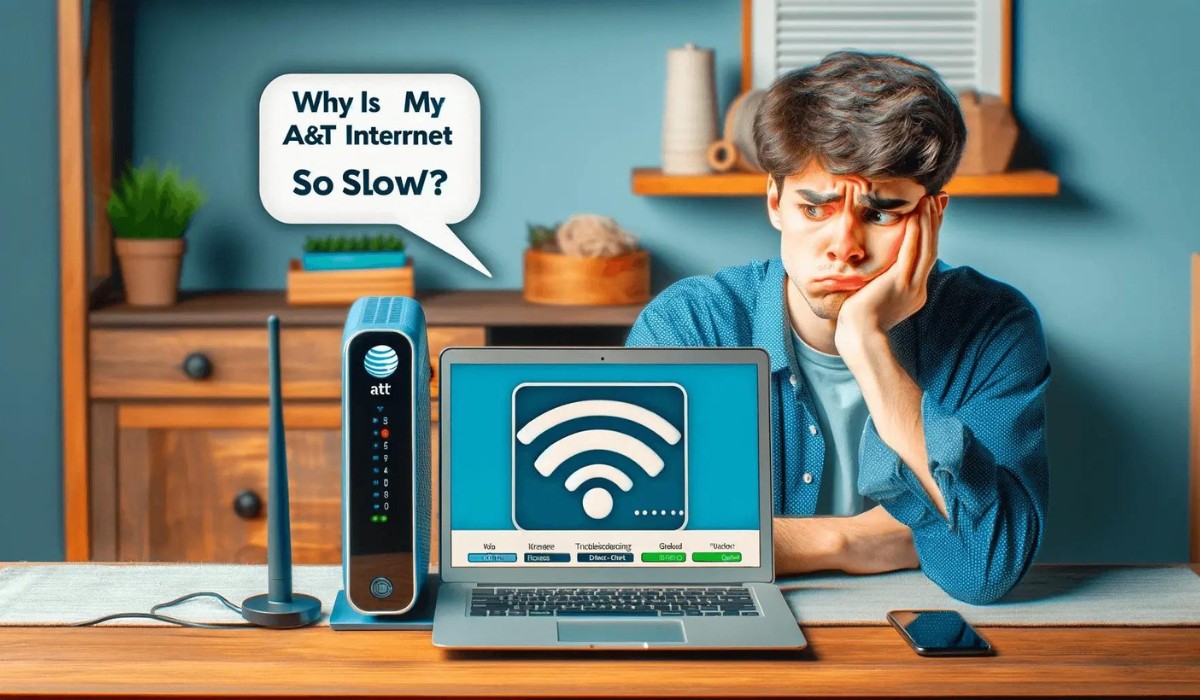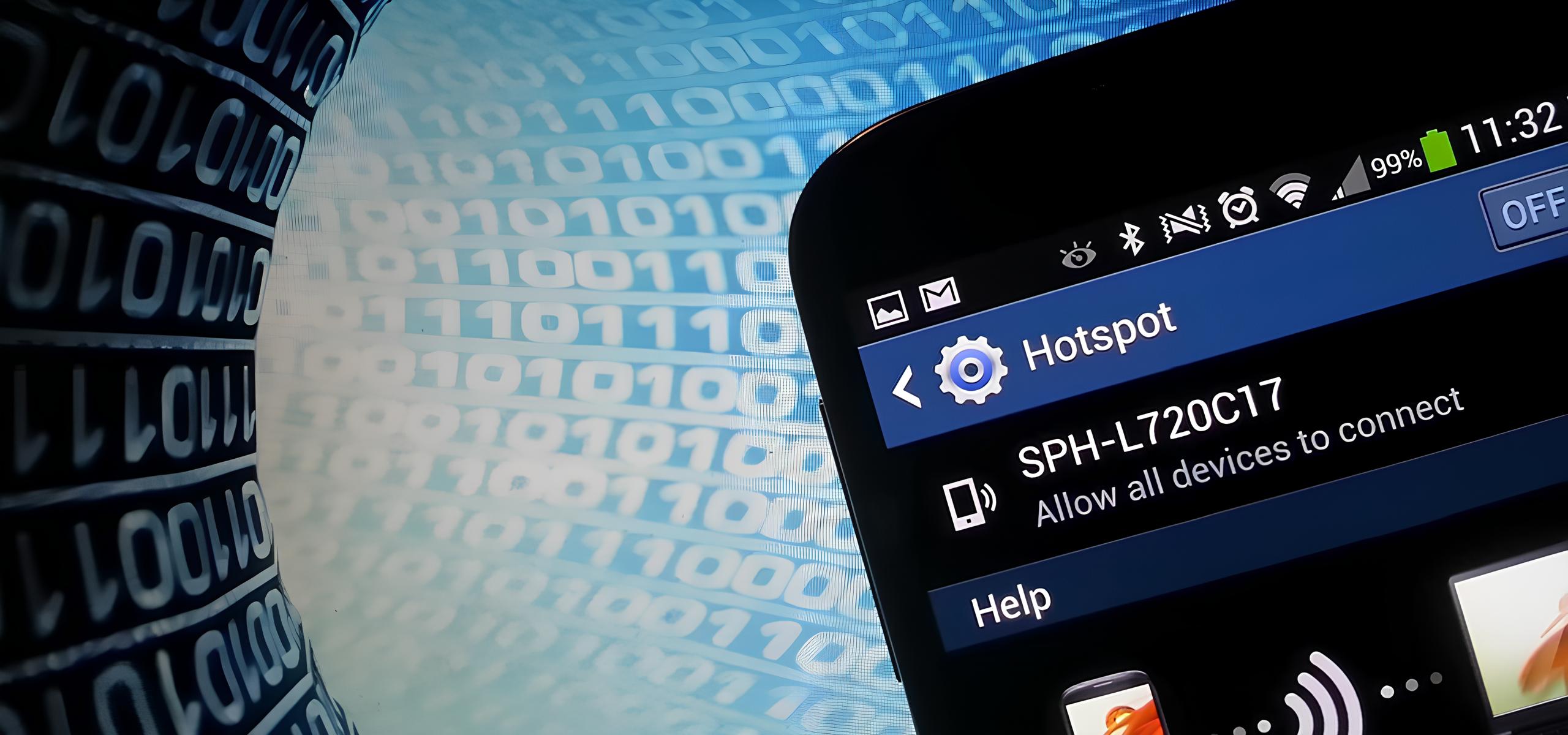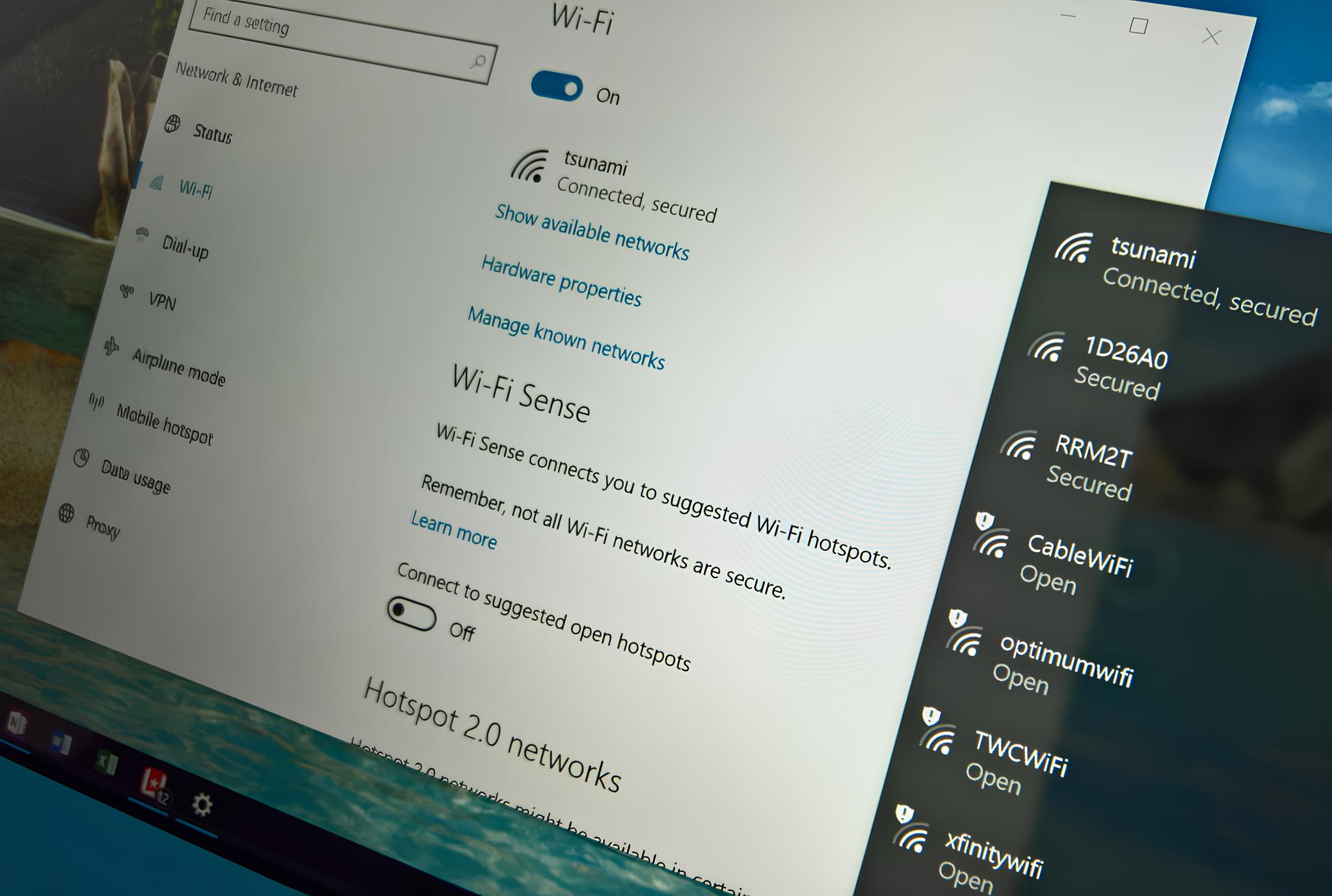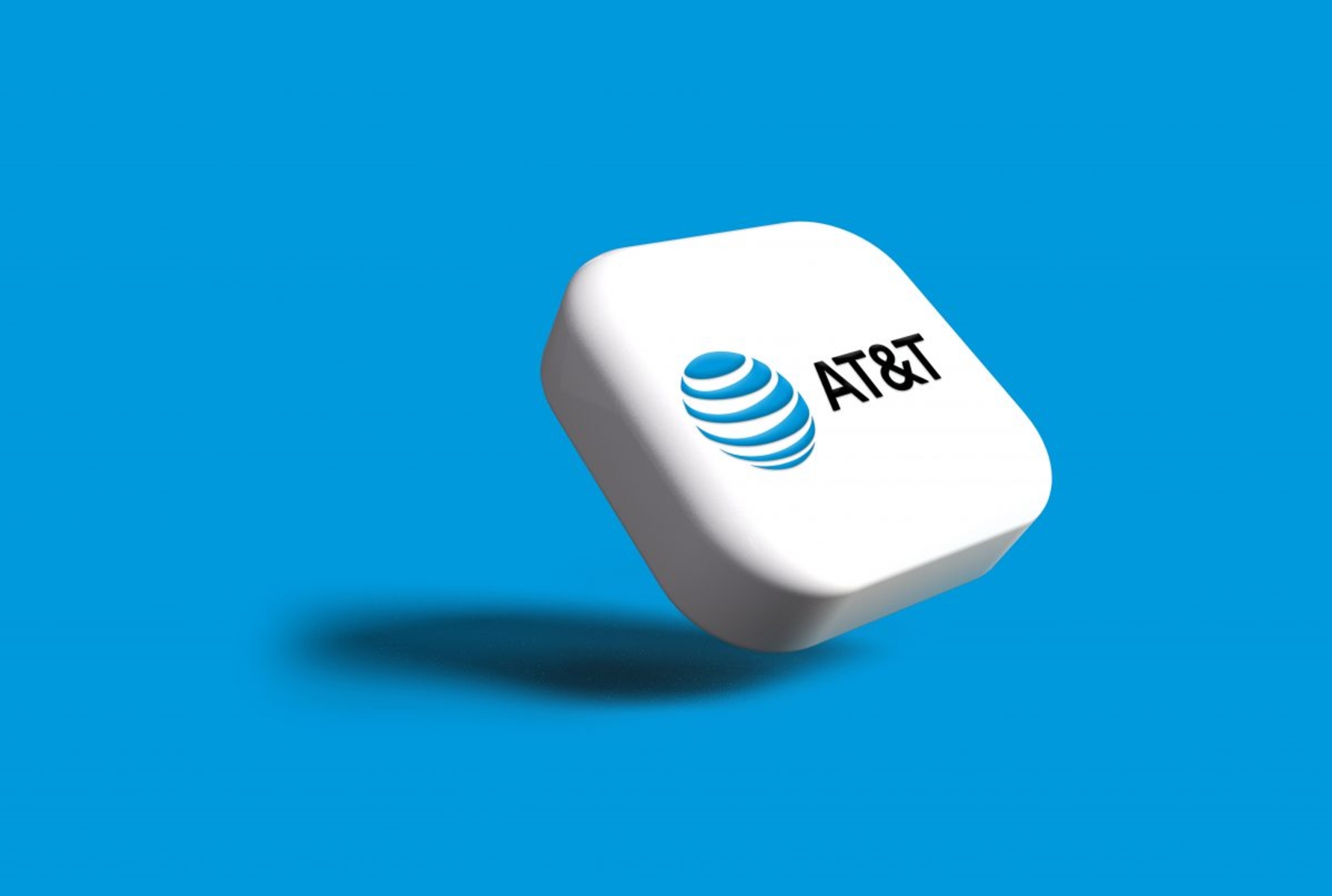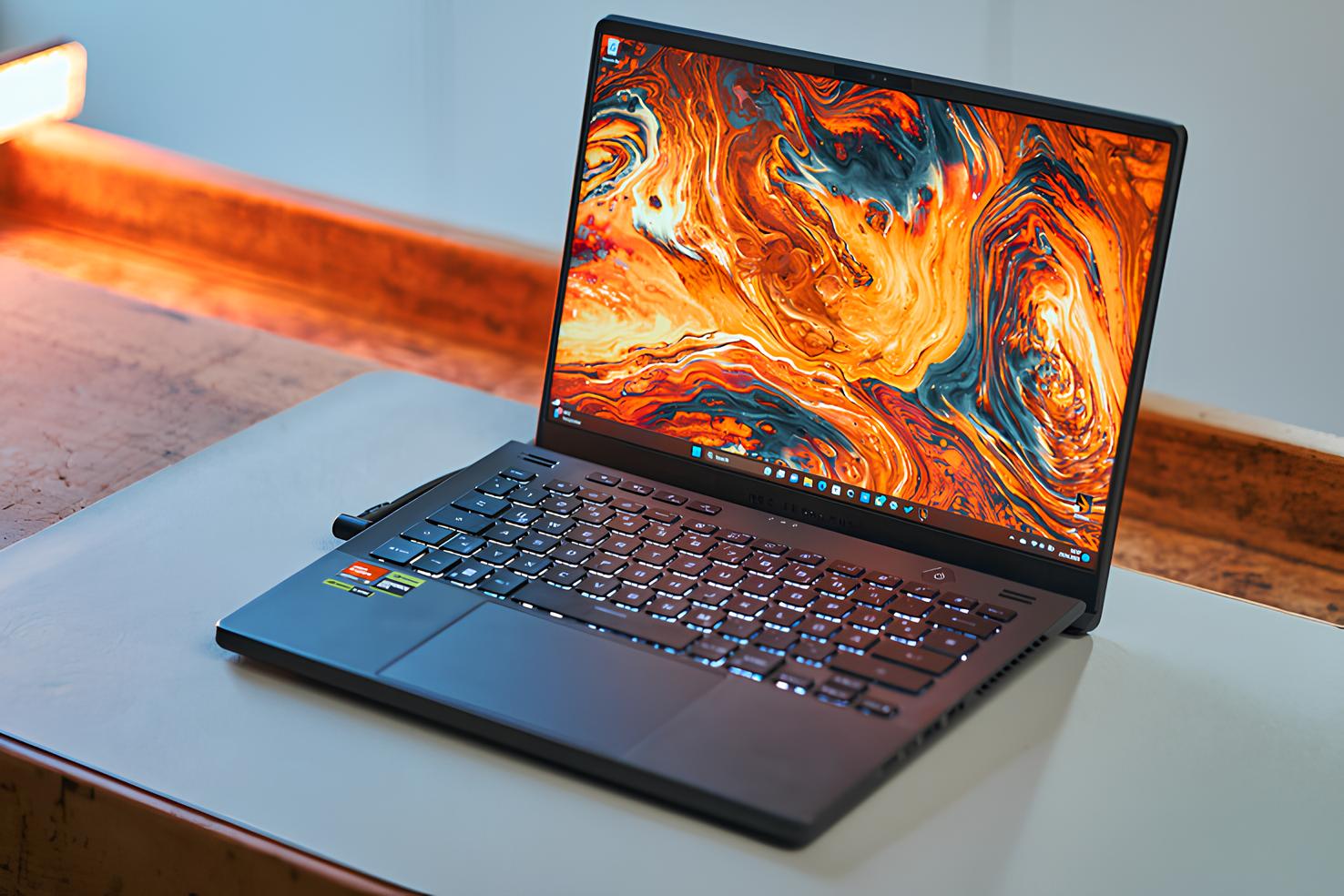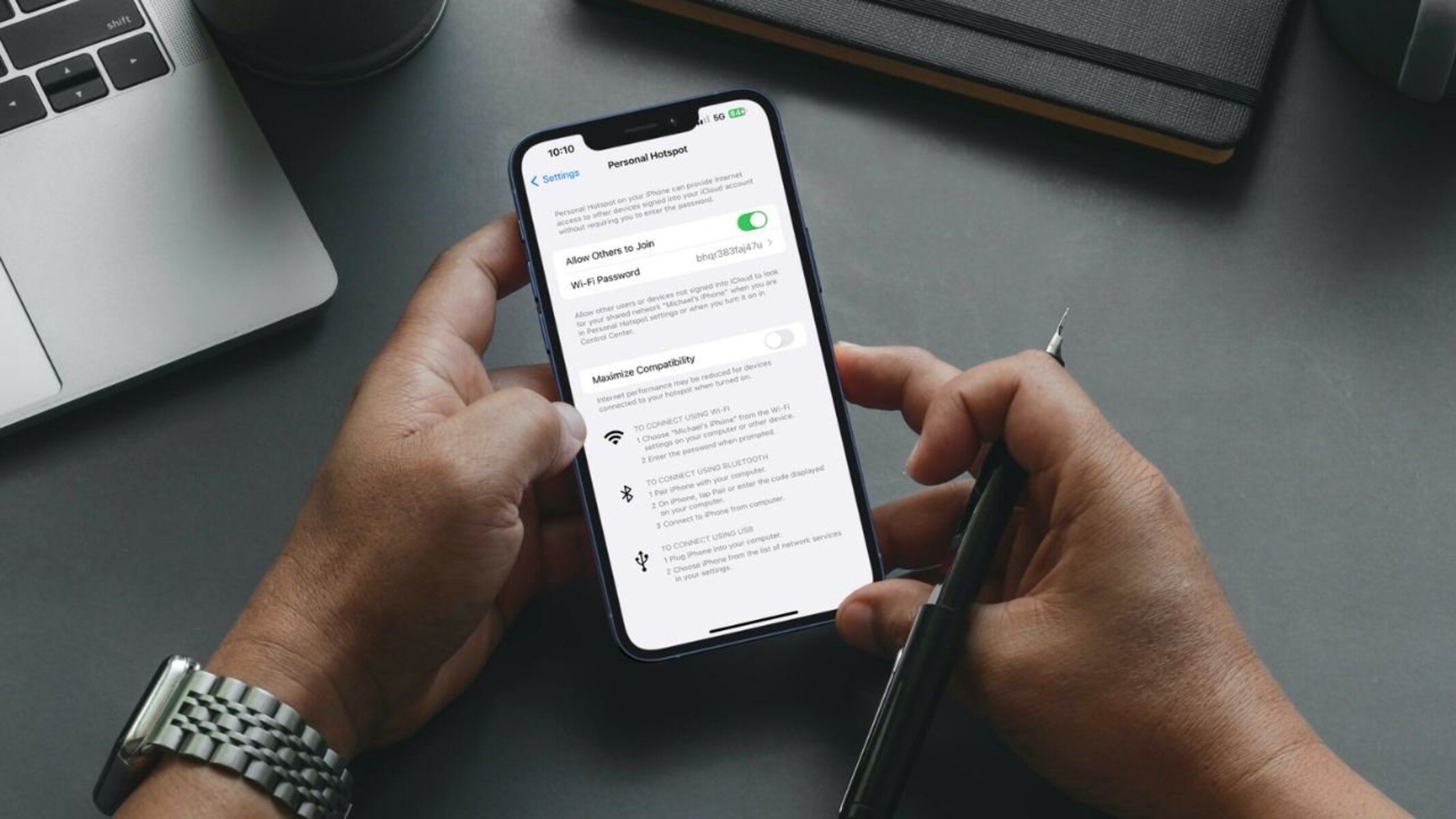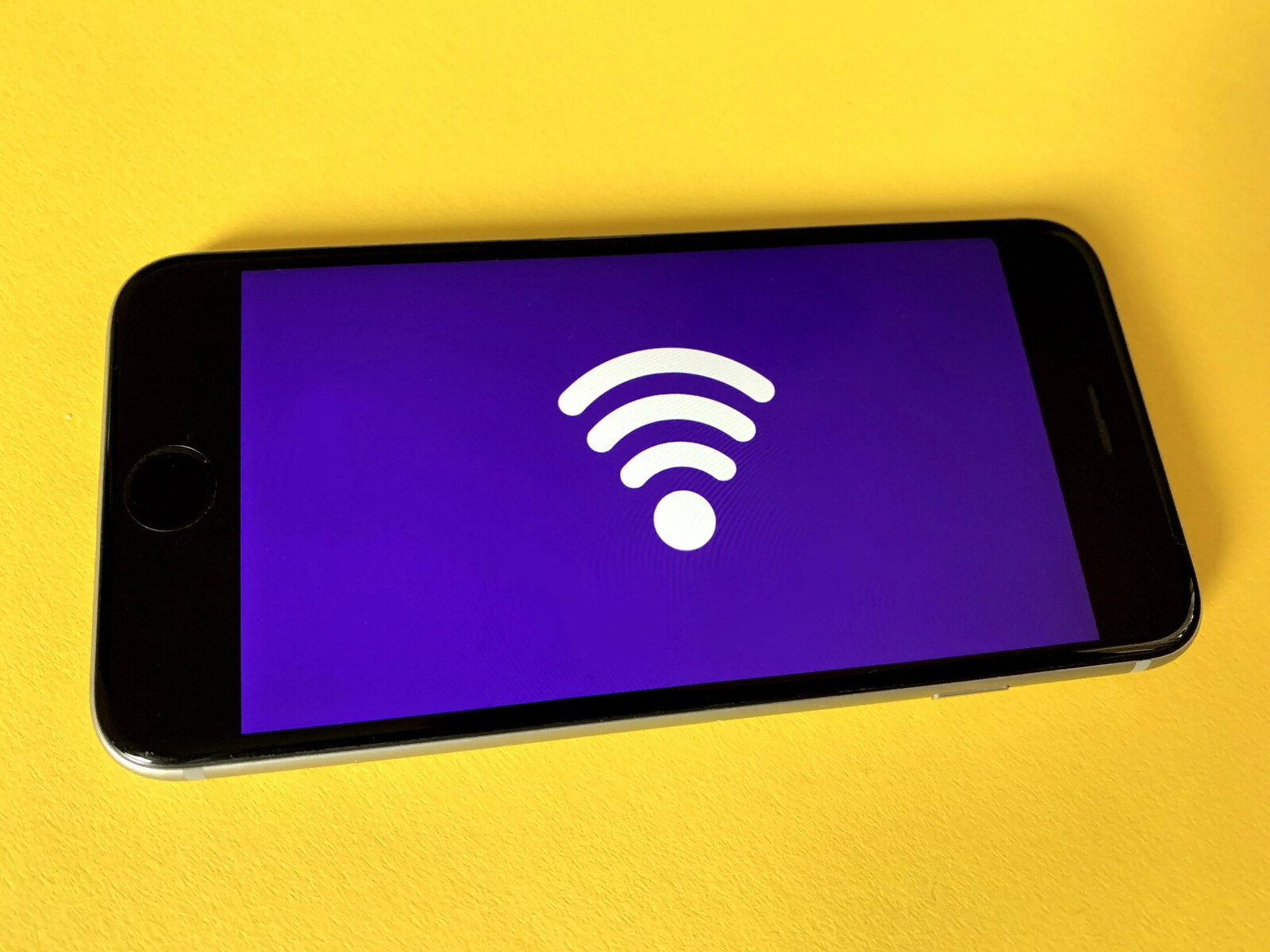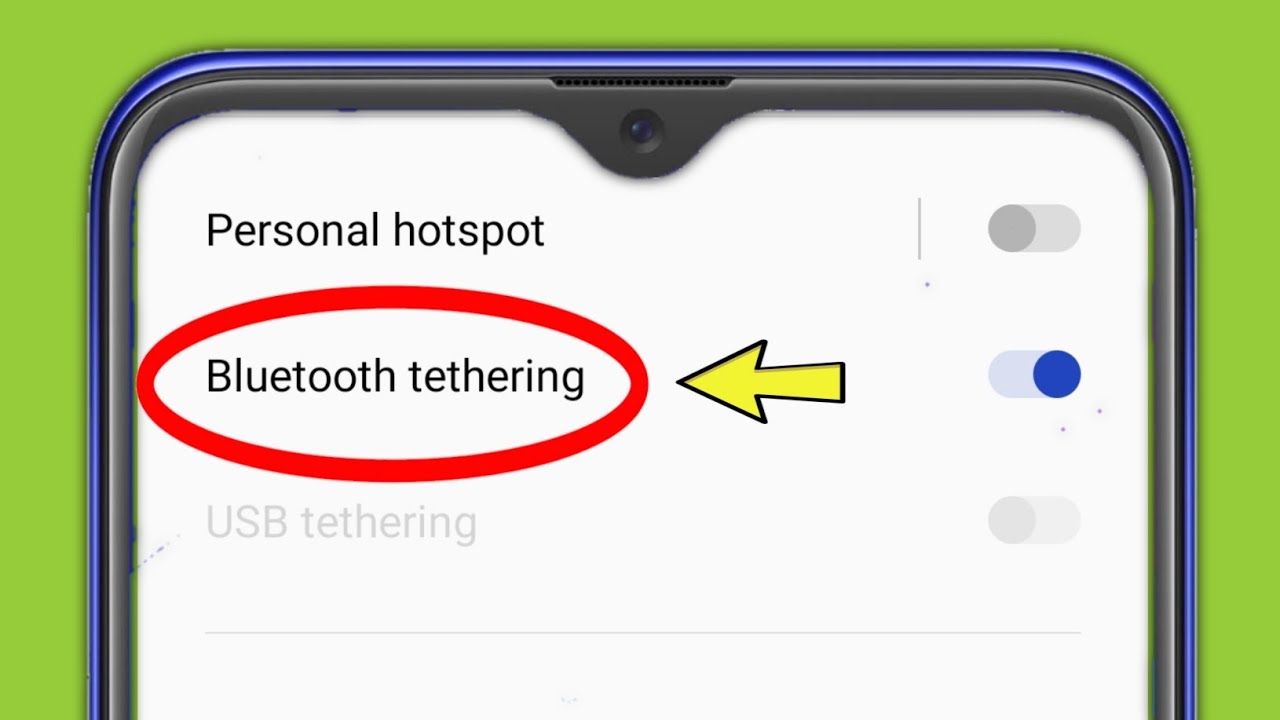What is Hotspot Speed?
Hotspot speed refers to the rate at which data is transmitted and received through a mobile hotspot, which allows devices to connect to the internet by utilizing the cellular network of a mobile provider. When a device, such as a smartphone or a portable hotspot device, creates a Wi-Fi network that enables other devices to access the internet, the speed at which data is transferred is crucial for a seamless online experience.
The hotspot speed is measured in megabits per second (Mbps) and determines how quickly information can be uploaded or downloaded. This speed is influenced by various factors, including the strength of the cellular signal, the capabilities of the mobile device serving as the hotspot, and the number of connected devices sharing the connection.
Understanding hotspot speed is essential for individuals who rely on mobile hotspots for internet access, especially in areas where traditional wired internet connections may be unavailable or unreliable. Whether it's for remote work, online learning, or staying connected while traveling, a good grasp of hotspot speed can help users make informed decisions and optimize their internet experience.
In essence, hotspot speed dictates the efficiency and reliability of internet connectivity when utilizing a mobile hotspot. It directly impacts the ability to stream high-definition videos, participate in video calls, download files, and engage in other online activities that demand a stable and swift internet connection.
As the reliance on mobile hotspots continues to grow, comprehending hotspot speed becomes increasingly important. With this understanding, users can take proactive steps to maximize their hotspot speed, ensuring a smoother and more enjoyable online experience.
Factors Affecting Hotspot Speed
The speed of a mobile hotspot can be influenced by a multitude of factors, each playing a significant role in determining the overall performance of the internet connection. Understanding these factors is crucial for individuals seeking to optimize their hotspot speed and enhance their online experience. Here are the key elements that can impact hotspot speed:
-
Cellular Network Strength: The strength of the cellular network signal is a primary determinant of hotspot speed. A weak signal can lead to slower data transfer rates, causing disruptions and delays in internet connectivity. Factors such as distance from the nearest cell tower, obstructions like buildings or natural terrain, and network congestion can all affect the signal strength and, consequently, the hotspot speed.
-
Mobile Device Capabilities: The capabilities of the mobile device serving as the hotspot can significantly impact speed. The processing power, network compatibility, and antenna strength of the device play a crucial role in determining the efficiency of data transmission. Up-to-date hardware and software, as well as compatibility with the latest network technologies, can contribute to faster and more reliable hotspot speeds.
-
Number of Connected Devices: The number of devices connected to a hotspot simultaneously can strain the available bandwidth, potentially reducing the speed for each connected device. As more devices share the same internet connection, the data throughput is distributed among them, leading to a decrease in individual speeds. Managing the number of connected devices can help maintain optimal hotspot speed for all users.
-
Data Plan and Network Provider: The type of data plan and the network provider's policies can impact hotspot speed. Some data plans may impose speed restrictions or data throttling after reaching certain usage limits, affecting the overall hotspot speed. Additionally, network providers may prioritize traffic for specific plans or during peak usage times, influencing the speed experienced by hotspot users.
-
Network Congestion: High network congestion, especially in densely populated areas or during peak usage hours, can lead to reduced hotspot speeds. When numerous users access the same cellular network simultaneously, the available bandwidth is divided among them, potentially slowing down data transfer rates for all connected devices.
-
Environmental Interference: Environmental factors such as electromagnetic interference, radio frequency interference, and physical obstructions can impact hotspot speed. Interference from electronic devices, metal structures, or natural obstacles can weaken the cellular signal, leading to reduced hotspot speeds and intermittent connectivity issues.
Understanding these factors and their potential impact on hotspot speed empowers users to make informed decisions and take proactive measures to optimize their internet connectivity. By addressing these factors, individuals can enhance their hotspot speed, ensuring a more reliable and efficient online experience.
How to Improve Hotspot Speed
Improving hotspot speed is essential for individuals who rely on mobile hotspots for internet access, especially in situations where a stable and swift internet connection is crucial. By implementing the following strategies, users can optimize their hotspot speed and enhance their overall online experience:
1. Signal Optimization
- Position the mobile device serving as the hotspot in an area with the strongest cellular signal. This may involve adjusting the device's location or utilizing signal-boosting accessories to enhance signal reception.
2. Device and Software Maintenance
- Ensure that the mobile device serving as the hotspot is well-maintained with up-to-date hardware and software. Regular updates and maintenance can optimize the device's performance and compatibility with the cellular network.
3. Limit Connected Devices
- Manage the number of devices connected to the hotspot to prevent bandwidth strain. Prioritize essential devices and limit unnecessary connections to maintain optimal hotspot speed for all users.
4. Data Plan Evaluation
- Review the data plan and network provider's policies to understand any speed restrictions or data throttling that may affect hotspot speed. Consider upgrading to a plan that offers higher prioritization for hotspot usage.
5. Network Congestion Awareness
- Be mindful of peak network congestion times and locations, and plan internet usage accordingly. Avoid high-traffic periods to maximize hotspot speed and minimize potential slowdowns due to network congestion.
6. Environmental Considerations
- Minimize environmental interference by positioning the mobile hotspot device away from potential sources of interference, such as electronic devices, metal structures, or physical obstructions.
7. Utilize Wi-Fi Extenders or Repeaters
- In scenarios where the mobile hotspot device's Wi-Fi range is limited, consider using Wi-Fi extenders or repeaters to expand coverage and improve connectivity for connected devices.
8. Network Provider Communication
- Engage in communication with the network provider to inquire about any available network optimizations or upgrades that may enhance hotspot speed in specific locations or usage scenarios.
By implementing these strategies, users can take proactive steps to improve their hotspot speed and ensure a more reliable and efficient internet connection. Understanding the factors influencing hotspot speed and addressing them through practical measures can lead to a noticeable enhancement in the overall online experience when utilizing a mobile hotspot.







